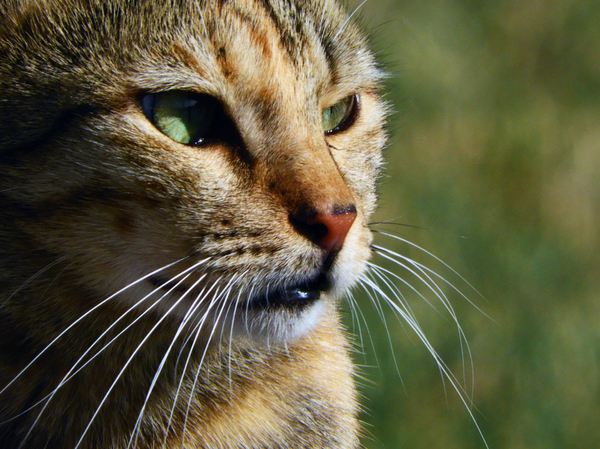Transforming Cat Litter: Developments and Trends
Transforming Cat Litter: Developments and Trends
Blog Article

Cat litter and litter boxes play a critical role in the lives of both cats and their owners. From the simple starts of sand and soil to the ingenious advancements of today, the world of cat litter has developed substantially. In this comprehensive guide, we look into every aspect of cat litter and litter boxes, exploring their history, types, benefits, challenges, and everything in between.
The history of cat litter dates back centuries, with ancient civilizations using sand, soil, and even ashes as primitive litter materials. However, it wasn't until the mid-20th century that contemporary cat litter as we understand it emerged. In 1947, Edward copyright introduced the world's first commercial cat litter made from absorbent clay, reinventing the method cats relieved themselves inside your home. Ever since, cat litter has undergone numerous changes, with the introduction of clumping litter, silica gel litter, biodegradable options, and more.
Today, feline owners are ruined for option when it concerns choosing the best litter for their feline companions. Traditional clay litter stays popular for its price and efficiency in taking in odors. Clumping litter, which forms solid clumps when wet, streamlines cleansing and upkeep. Silica gel litter, composed of highly absorbent silica crystals, uses remarkable smell control and longevity. Biodegradable options, such as recycled paper, wood pellets, corn, and wheat, interest ecologically conscious consumers.
Each kind of cat litter uses distinct advantages. Clay litter stands out in its capability to take in moisture and control smells, making it a trustworthy option for lots of feline owners. Clumping litter simplifies daily scooping and extends the time in between complete litter modifications. Silica gel litter offers exceptional smell control and can last longer in between replacements. Biodegradable litters use a sustainable option that reduces ecological effect.
While cat litter enhances indoor feline health, it is not without its difficulties. Dust from clay litter can position breathing dangers for both cats and people, prompting the appeal of dust-free alternatives. Some felines may develop litter box hostility due to issues with texture, aroma, or cleanliness, demanding experimentation with different litters and box configurations. Multi-cat homes may need Tofu Cat Litter strategic litter box positioning and frequent upkeep to prevent territorial conflicts and ensure all felines have access to clean centers.
Selecting the proper litter box is important for promoting favorable litter box habits and total feline well-being. Aspects to consider include size, ease of access, and design preferences. Covered litter boxes supply privacy and help Tofu Cat Litter consist of odors, however some felines may discover them confining or daunting. Open-top litter boxes use simple access and exposure however may lead to more litter scatter. Automatic self-cleaning litter boxes streamline maintenance however require regular tracking and upkeep.
Appropriate litter box upkeep is crucial for guaranteeing a tidy and inviting environment for both cats and their owners. Daily scooping gets rid of waste without delay, minimizing odor and preventing litter box aversion. Regular litter replacement, normally every 1-2 weeks, prevents bacterial buildup and preserves optimum absorbency. Thorough cleaning with moderate detergent and water, avoiding severe chemicals that might deter cats from utilizing the box, ought to be carried out monthly.
Cat litter and litter boxes play a main role in promoting a healthy and unified relationship in between cats and their human companions. With a diverse variety of litter alternatives and litter box styles available, cat owners have the flexibility to tailor their options to match their felines' choices and household needs. By comprehending the advancement, types, advantages, and difficulties of cat litter and litter boxes, family pet owners can supply their feline friends with a comfortable and hygienic indoor cat litter alternatives environment.